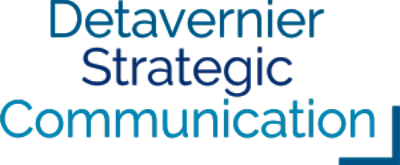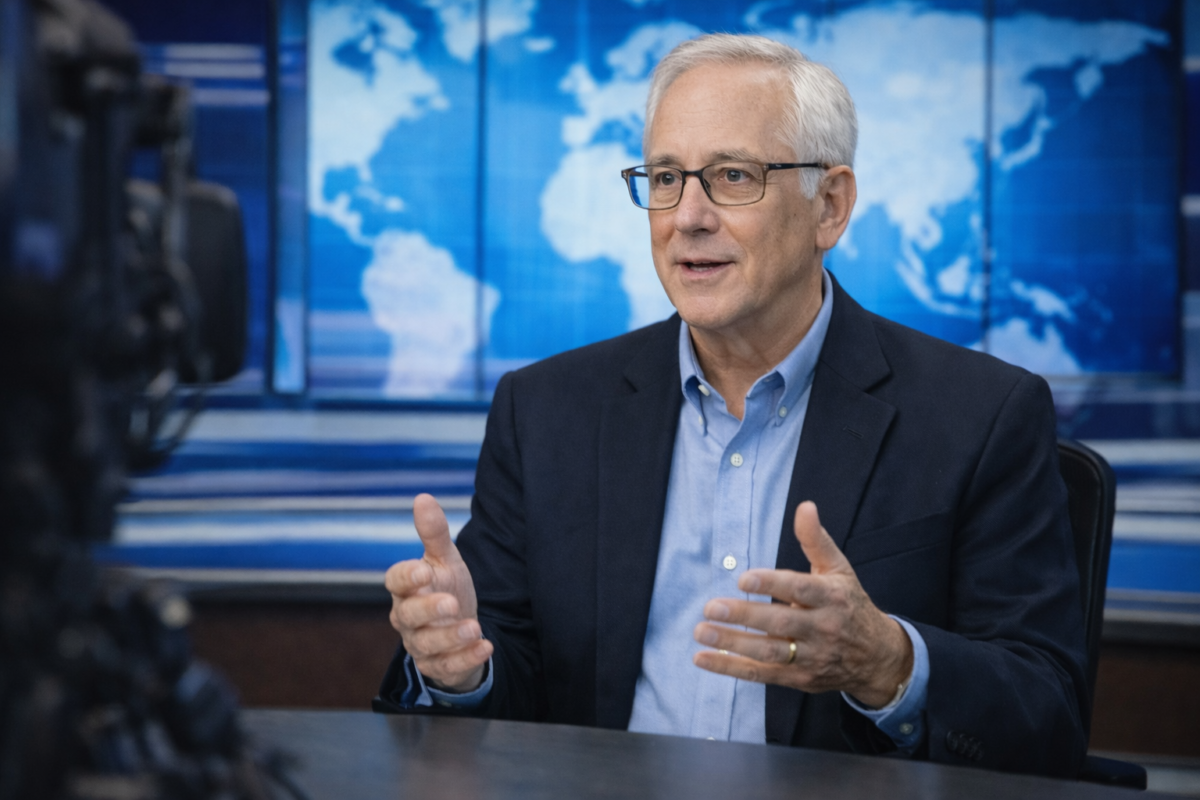On 2 April 2026, Detavernier Strategic Communication is hosting a high-value webinar where 100 actionable tips are shared with executives on how to communicate effectively in media interviews.
Media interviews have always shaped reputations. In 2026, they shape credibility at scale. Interviews are replayed, clipped, shared, and increasingly indexed by AI systems that treat media coverage as a signal of authority and trust. Yet most media training still relies on intuition, anecdote, or outdated best practices that were never designed for this environment.
This is where this webinar comes in, offering evidence-based advice on how spokespeople can prepare for and deliver media interviews in ways that build equity for both the spokesperson and the brands they represent.
Hosted by Jo Detavernier, SCMP, APR – who brings over 20 years of experience media-training executives and publishing on evidence-based communication in tier-1 trade outlets – the webinar was developed in collaboration with Communication Science Group, a UK-based behavioral science marketing consultancy.
Attendees will learn:
Verbal techniques
The verbal component focuses on what is said and how it is constructed, including:
– building arguments that hold up under time pressure and interruption
– structuring answers for clarity and memorability
improving precision without sacrificing accessibility
– maintaining control of answers in print, broadcast, and podcast interviews
– adapting content for high-stakes and sensitive interview situations
The emphasis is on designing answers that work in the real conditions of media interviews – not idealized scenarios.
Non-verbal techniques
The non-verbal component focuses on how messages are delivered, including:
– vocal delivery: tone, pitch, pace, and variation
– facial behavior and emotional signaling
– gestures that reinforce (or undermine) verbal messages
– clothing and grooming as credibility cues
These elements are not cosmetic. Research consistently shows they play a significant role in how authority, trust, and confidence are perceived by audiences.
Finally, the webinar will also cover how spokespeople can align their verbal and non-verbal communication, as well as common pitfalls for those who give interviews in out-of-home settings.
Who is this for?
The webinar is designed both for people who give media interviews and for those who are responsible for preparing others to do so, making it particularly relevant for:
- CEOs and Board Members
- PR Directors and PR Managers
- Marketing Directors and Marketing Managers
- Designated spokespeople and subject-matter experts
- In-house communications leaders responsible for media training and coaching
The webinar will take place on April 2 from 9:30 to 10:30 a.m. CT.
A limited number of tickets is available. Register at this link. Anyone who registers will receive access to the recorded session afterwards.









